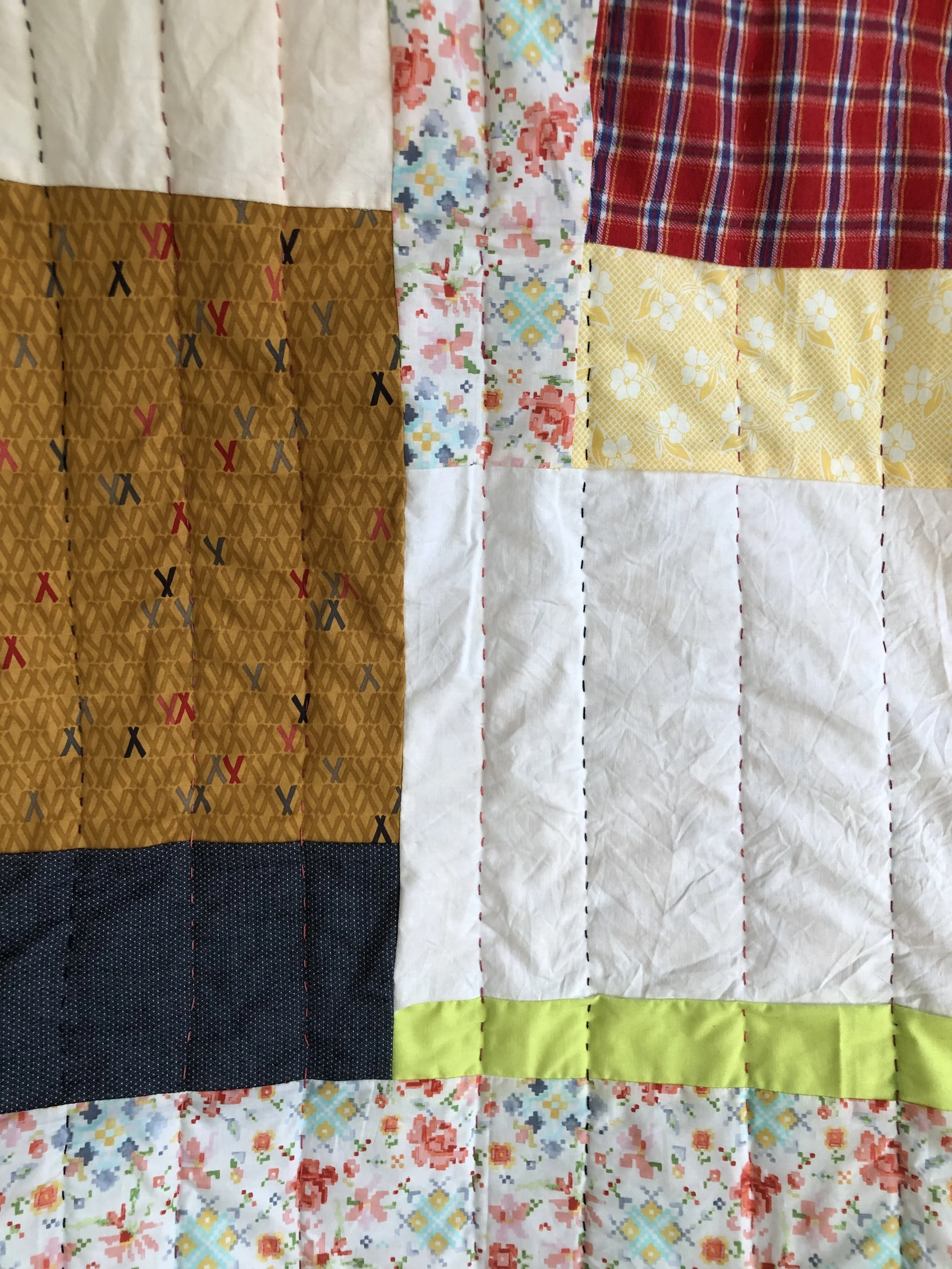Community
Art Therapy
Art has a role, a responsibility to expose and confront dehumanizing, destructive, and oppressive forces of our time.
- Cliff Joseph
My role in community art therapy is that of a facilitator, collaborator, witness, and participant. I’ve facilitated community-based art therapy projects focused on abolition, preventing and healing from community violence, housing justice, and reproductive justice on college campuses, at nonprofit arts organizations, and through a community health center. For the last 7 years I’ve facilitated a craft activism group, Crafting Change, for elder women in Boston, MA. The Crafting Change originally formed as part of my doctoral research, which investigated how craft activism can support community art therapy participants in being agents of social change.
Through this work, I’ve seen how art therapy benefits communities as well as for individuals. Community art therapy moves beyond an individual focus to help communities use art to identify their needs and strengths, build relationships, empower themselves, and even engage in activism. I facilitate individual and community art therapy because I believe that healing and change take place at both levels.
Community art therapy spaces are founded on the belief that everyone brings valuable skills and experience to share with the collective, and that this provides opportunities for individuals to gain support and validation, and for the community to support itself.
A community approach to art therapy (or public practice art therapy) focuses on collaboration and communication via art making and can foster inclusivity, empowerment, and lessening stigma. It also provides the potential for including those who are often disenfranchised from mental health treatment to come together and co-create communities founded in shared leadership, collective participation, mutual respect, and self-determination, providing an opportunity for communities to come together and address the issues that impact them in a collective way.
My community art therapy practice is rooted in collaborative craft projects and draws from the history of craft activism as well as contemporary forms of social practice. I am drawn to using textile practices like embroidery and quilting because they are community-based activities, historically and in the present. The social aspect inherent to many textile arts practices creates a space for storytelling, sharing experiences, sharing skills, and mutual support.
Contact me if you’d like to discuss facilitation or consultation.
Interested in Community Art Therapy?
Reach out for a free 15-minute phone consultation.

